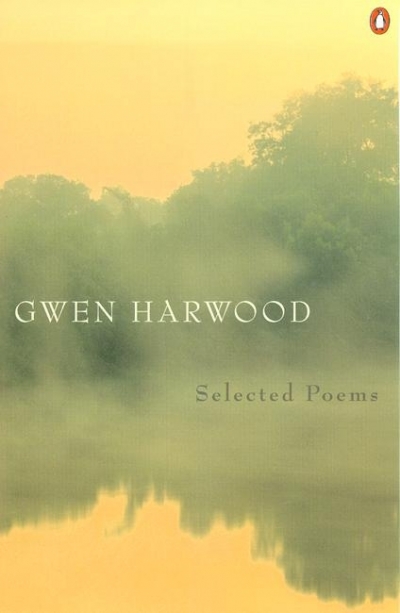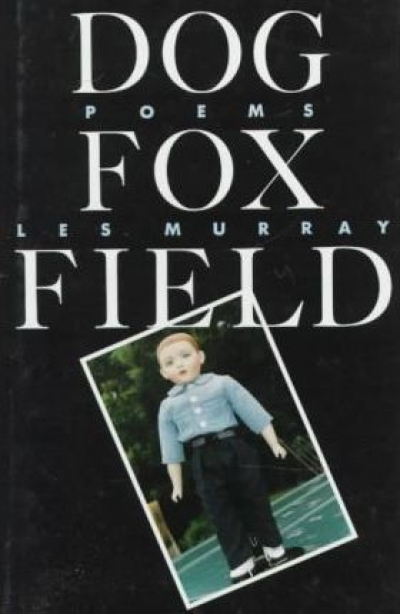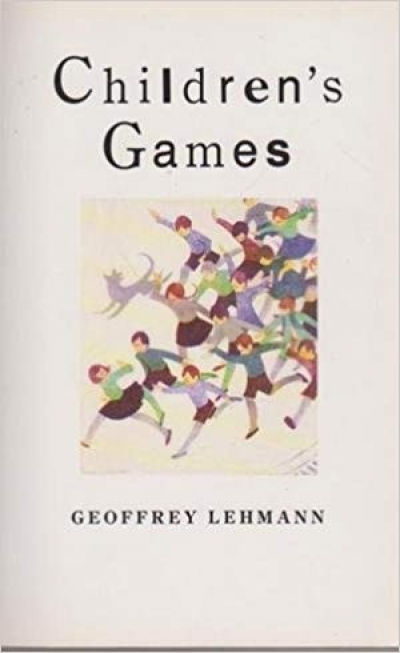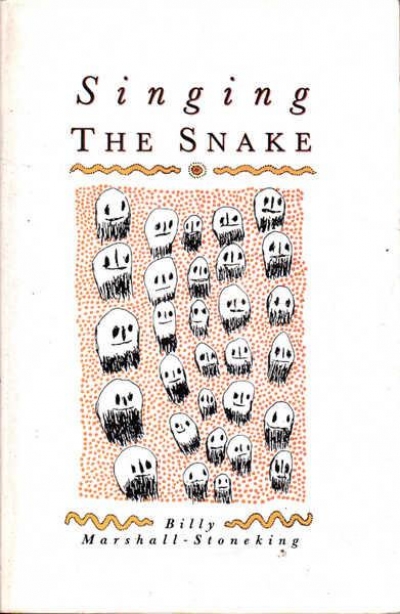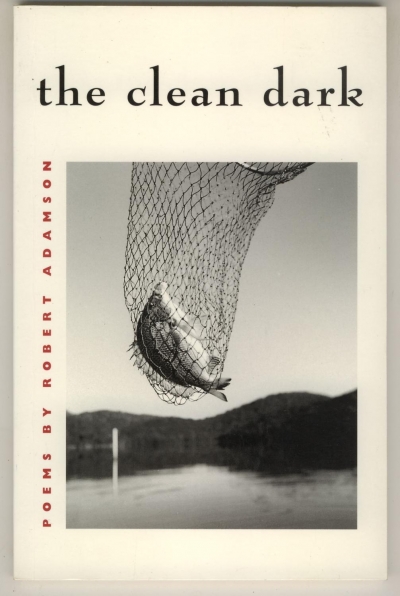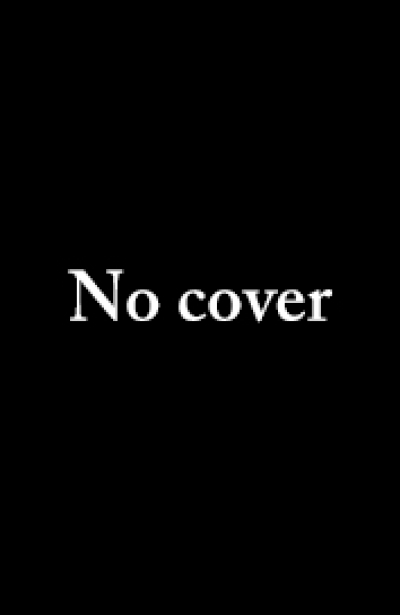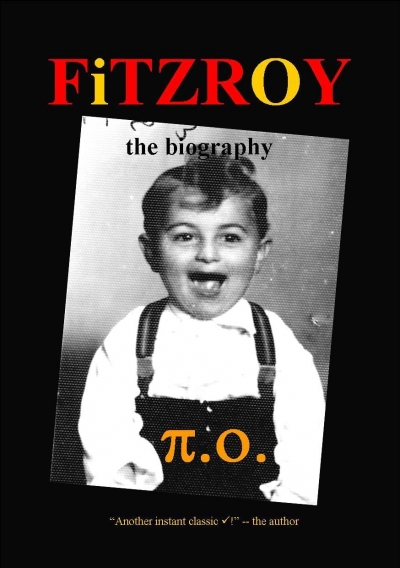Poetry
Dog Fox Field by Les Murray & Blocks and Tackles by Les Murray
by Julian Croft •
Simon Patton reviews 'The Earthquake Lands' by Hal Colebatch, 'The Winter Baby' by Jennifer Maiden, and 'To the Ocean & Scheherazade' by Richard Allen
by Simon Patton •
One of the challenges confronting the writer of poetry is the balancing of public and private modes in an engaging and satisfactory whole. In these three collections the precarious possibilities of balance, of confiding and confronting, are attempted in very different ways.
... (read more)Children’s Games by Geoffrey Lehmann & The House of Vitriol by Peter Rose
by Philip Salom •

